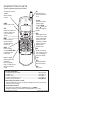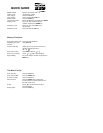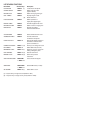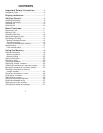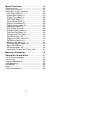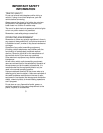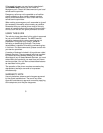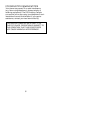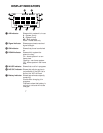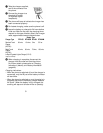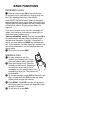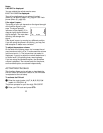
Only qualified personnel should install or service the
phone in a vehicle. Faulty installation or service may
be dangerous and may invalidate any warranty which
may apply to the unit.
Electronic fuel-injection systems, electronic anti-skid
braking systems, electronic cruise-control systems
and other electronic systems can malfunction due to
the lack of protection from radio signals. Check regu-
larly that all cellular phone equipment in your vehicle is
mounted securely and operating properly.
Switch off your cellular telephone when in an aircraft.
The use of cellular telephones in an aircraft may be
dangerous to the operation of the aircraft, disrupt the
cellular network, and is illegal.
Failure to observe these instructions may lead to sus-
pension or denial of cellular services to the offender,
or legal action or both.
EMERGENCY CALLS
IMPORTANT!
This phone, like any cellular phone, operates using
radio signals, cellular and landline networks as well as
user-programmed functions which cannot guarantee
connection in all conditions. Therefore you should
never rely solely upon any cellular telephone or similar
radio device for essential communications
(e.g. medical emergencies).
Remember, to make or receive any calls the phone
must be switched on and in a service area with
adequate cellular signal strength.
Locking the phone or restricting calls does not prevent
making emergency calls with the phone. To make an
emergency call, if the phone is not on, switch it on.
If the
ALPHA
indicator is shown on the display, clear it
by pressing the ABC key. Press and hold the CLR key
for several seconds to ready the phone for calls.
Key in the emergency number for your present
location (e.g. 911, 112 or other official emergency
number). Emergency numbers vary by location.
Press the SEND key.
4




